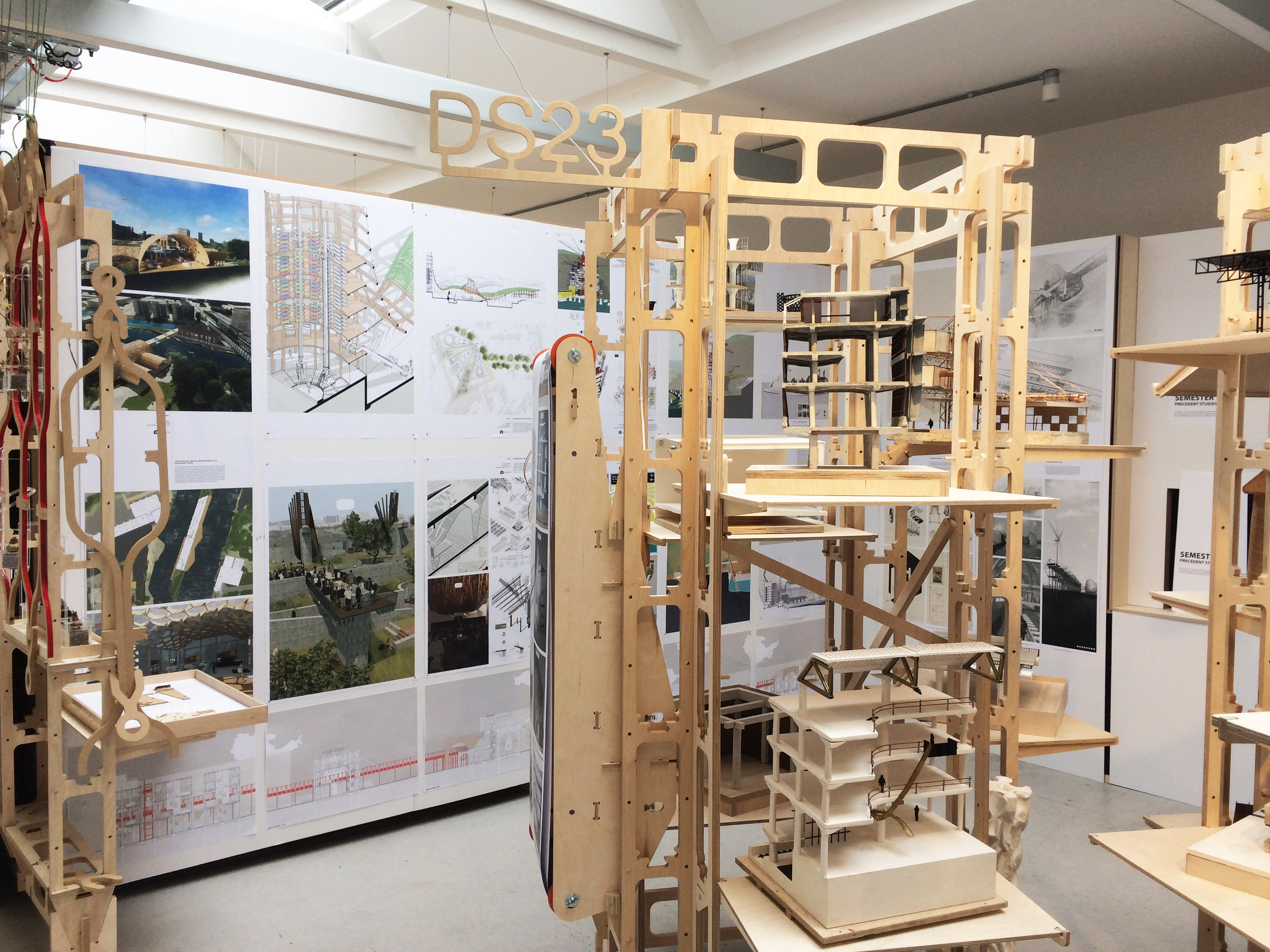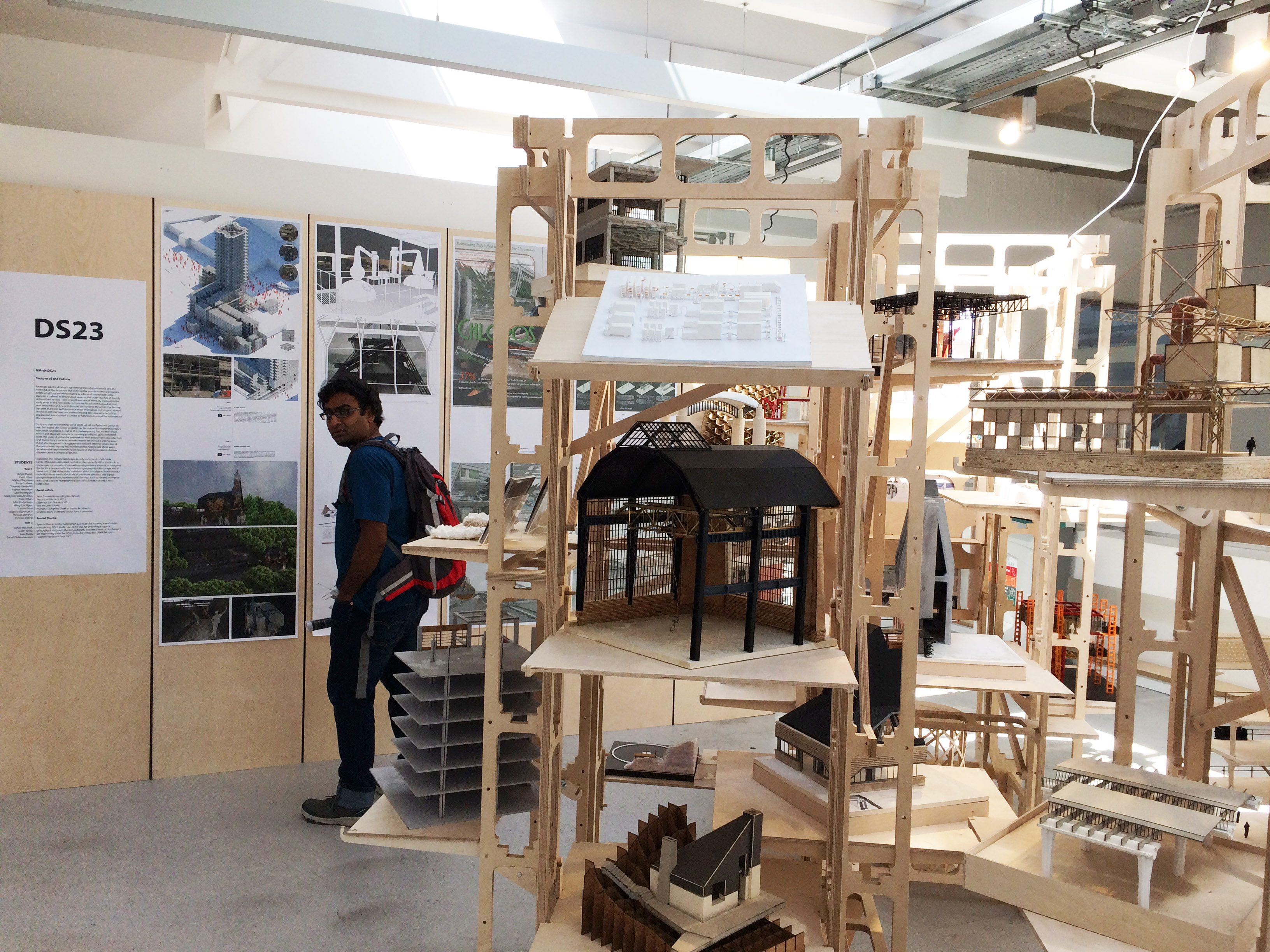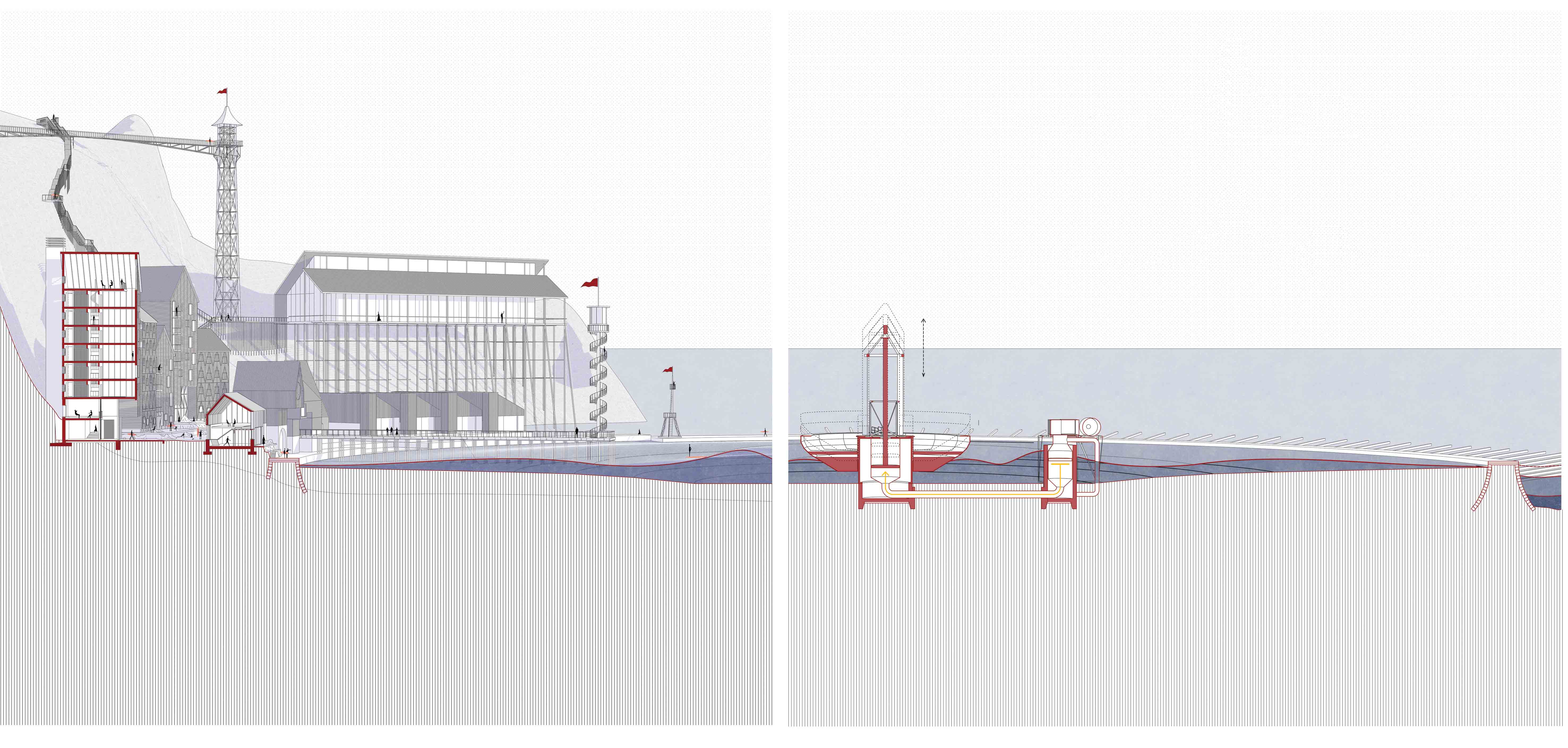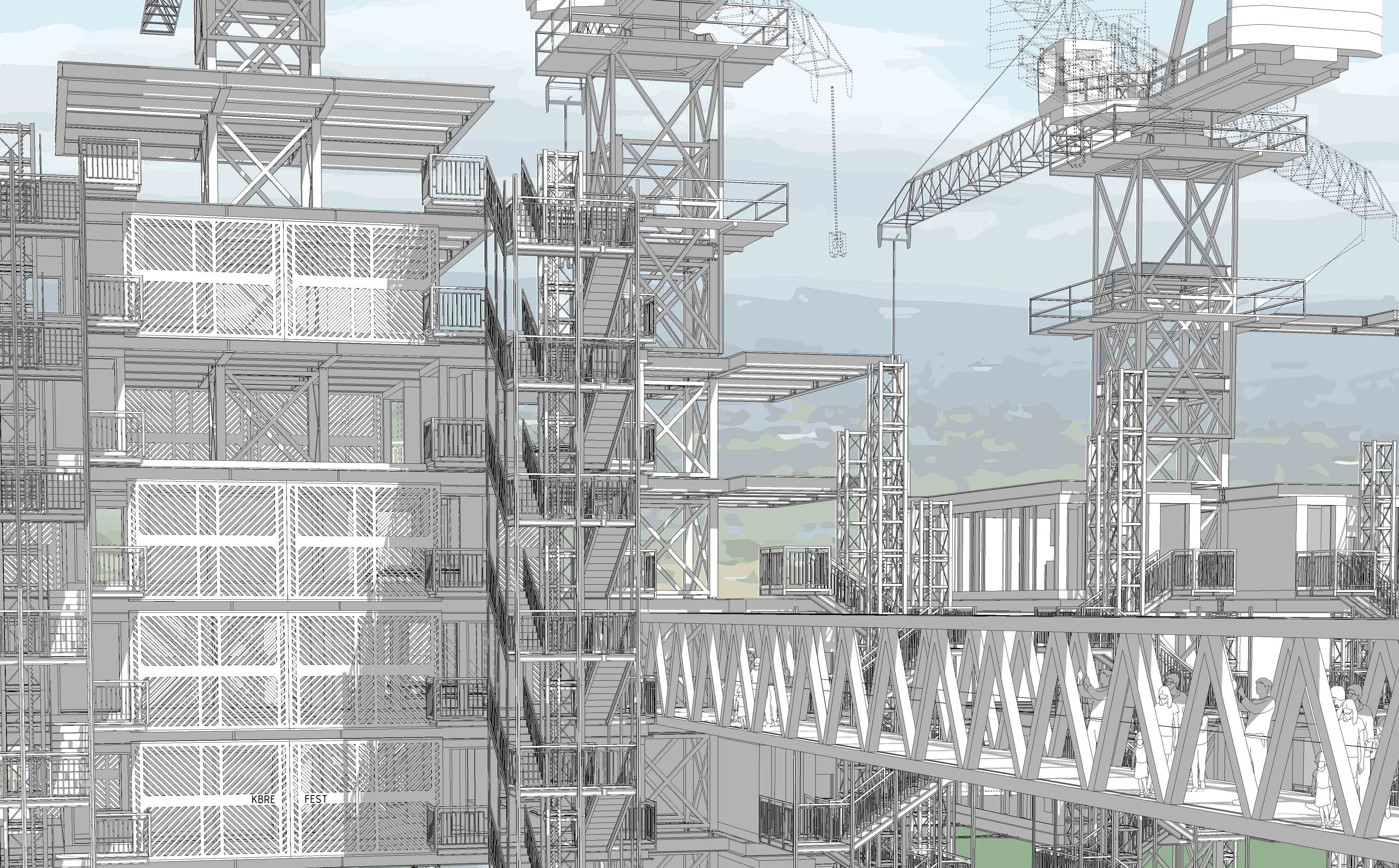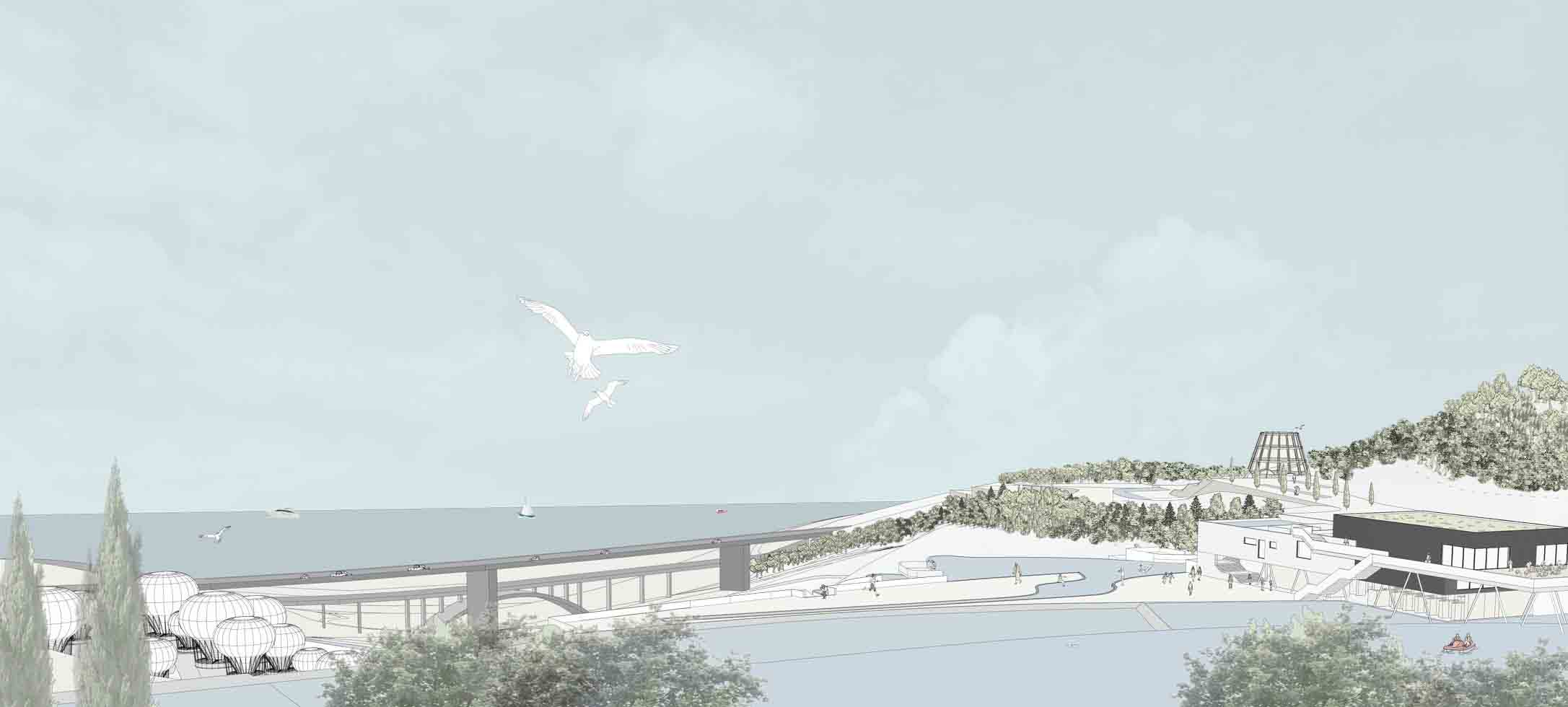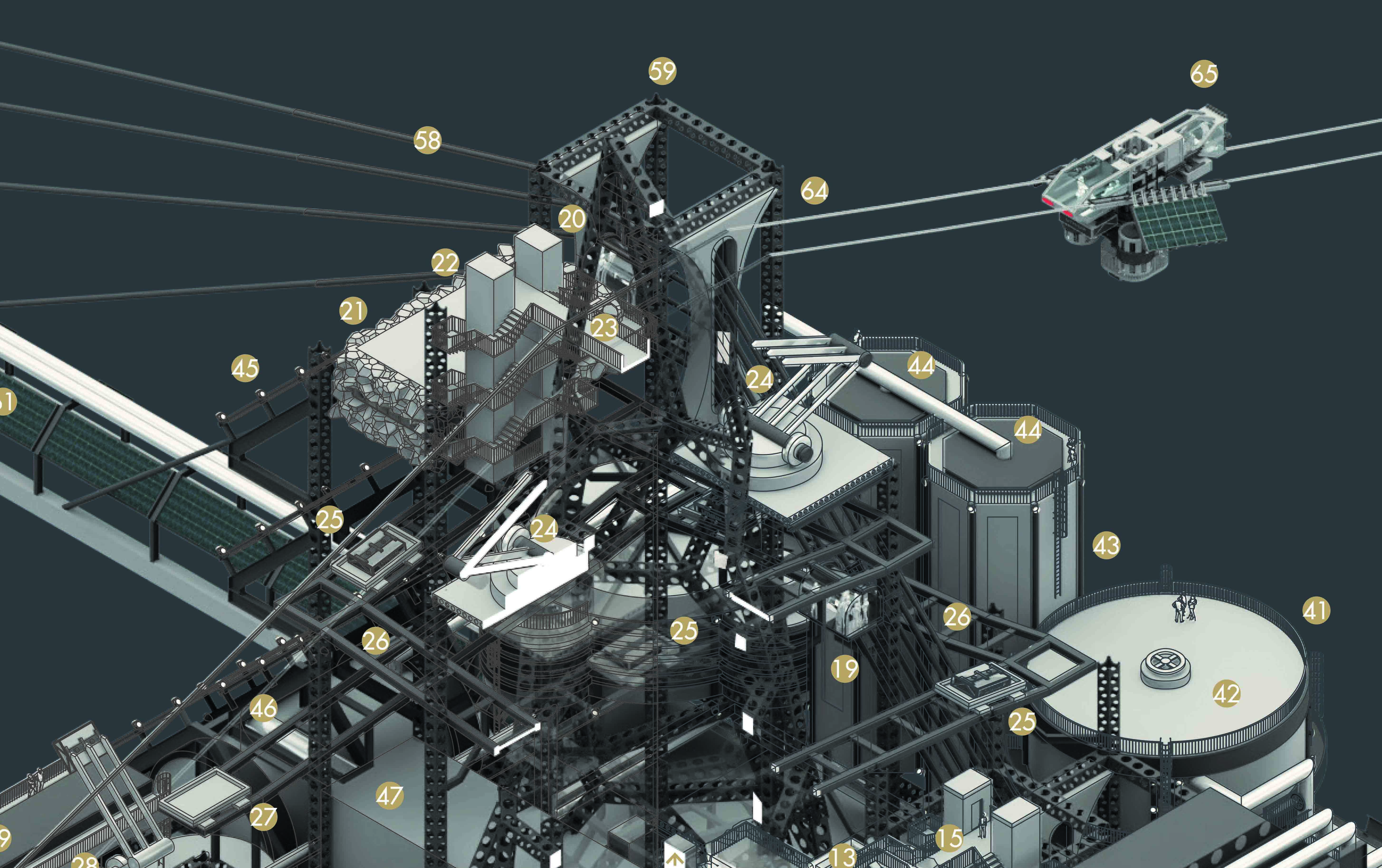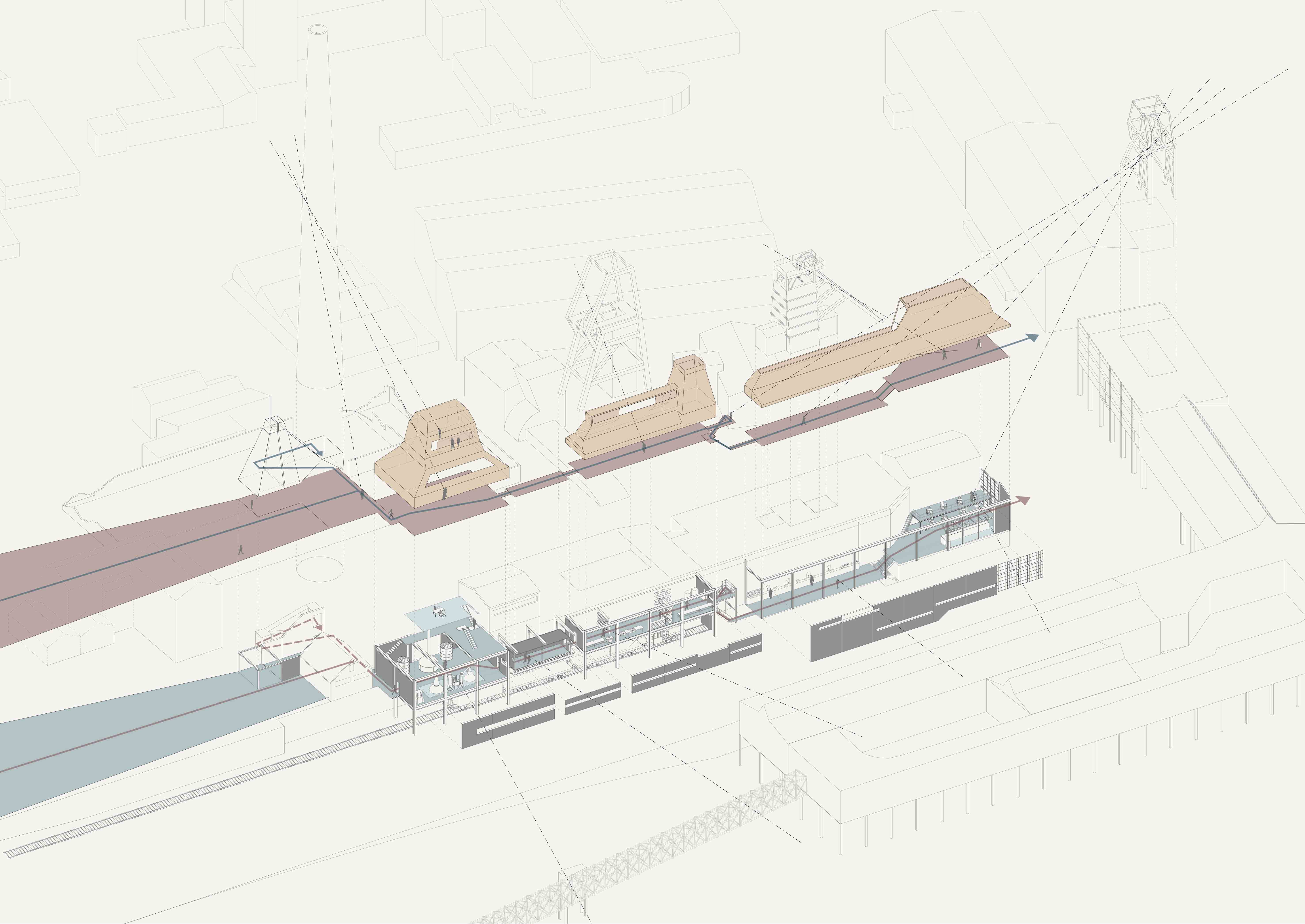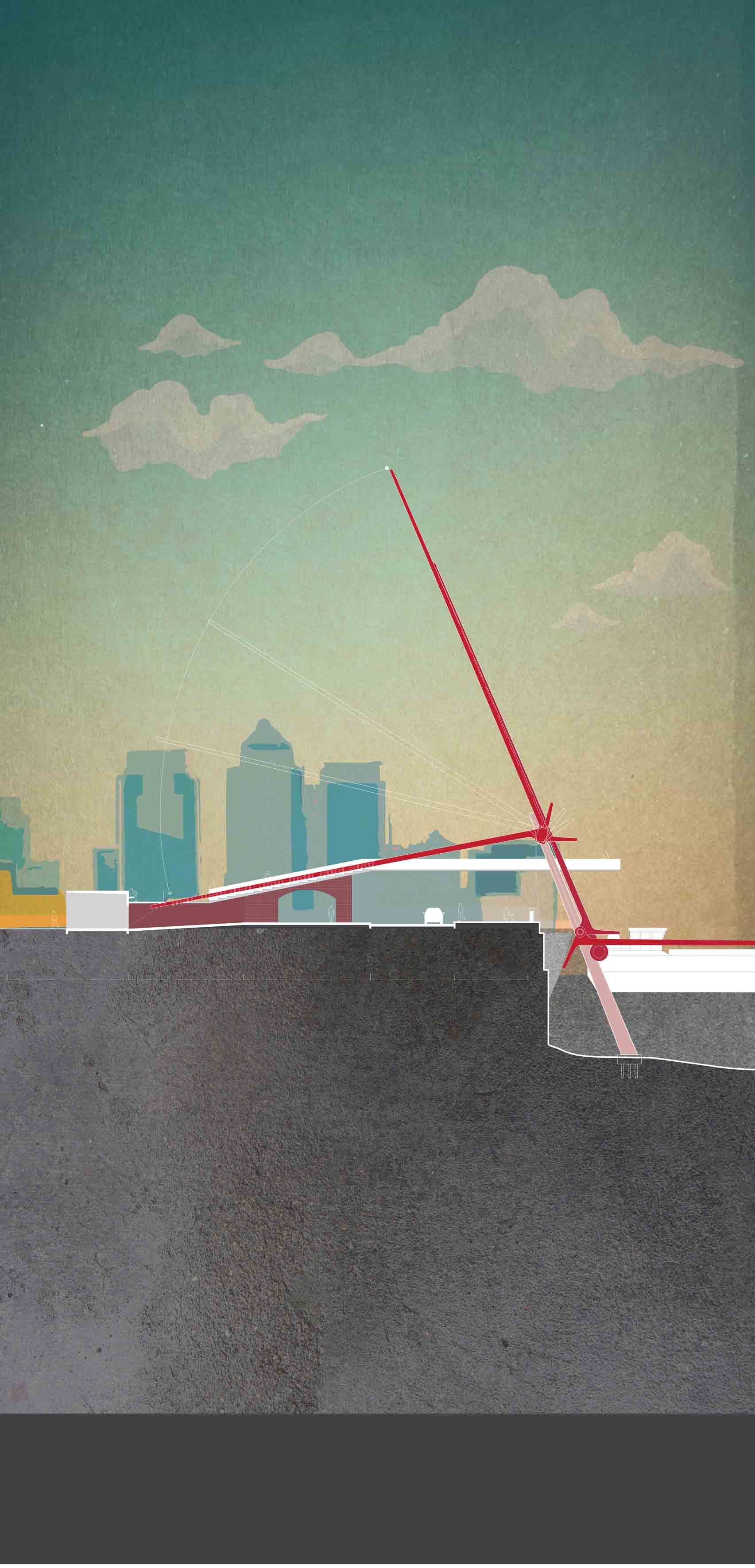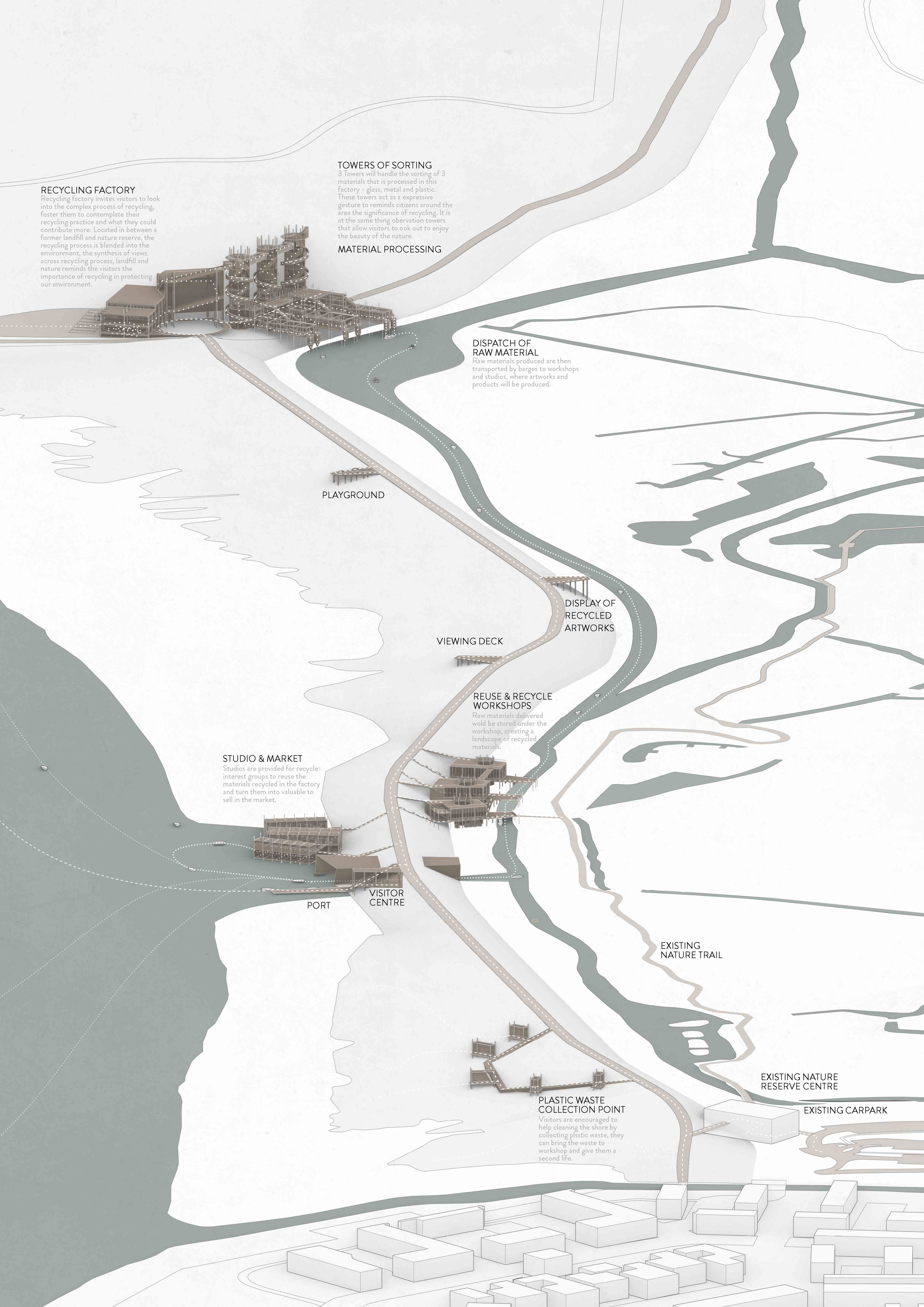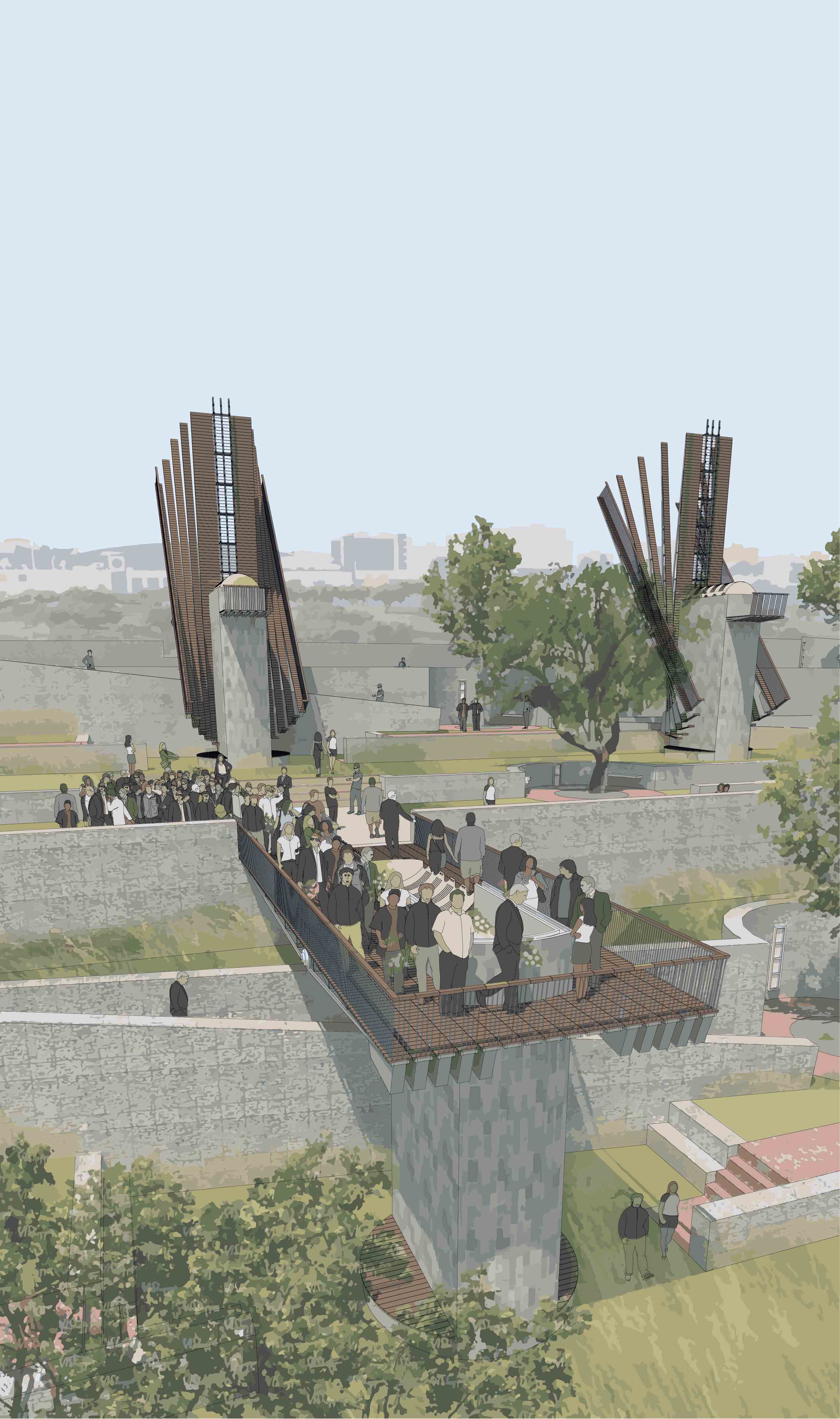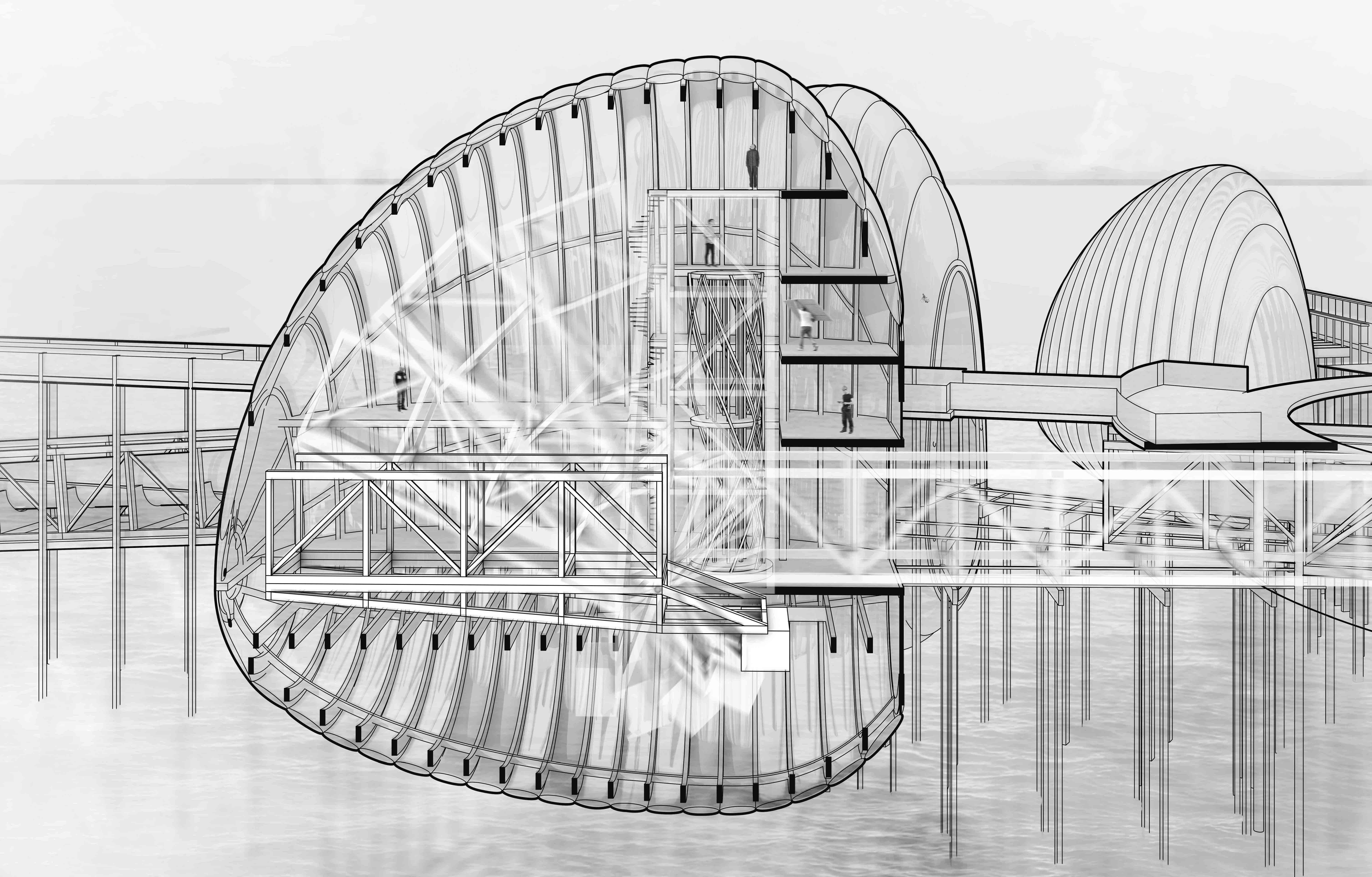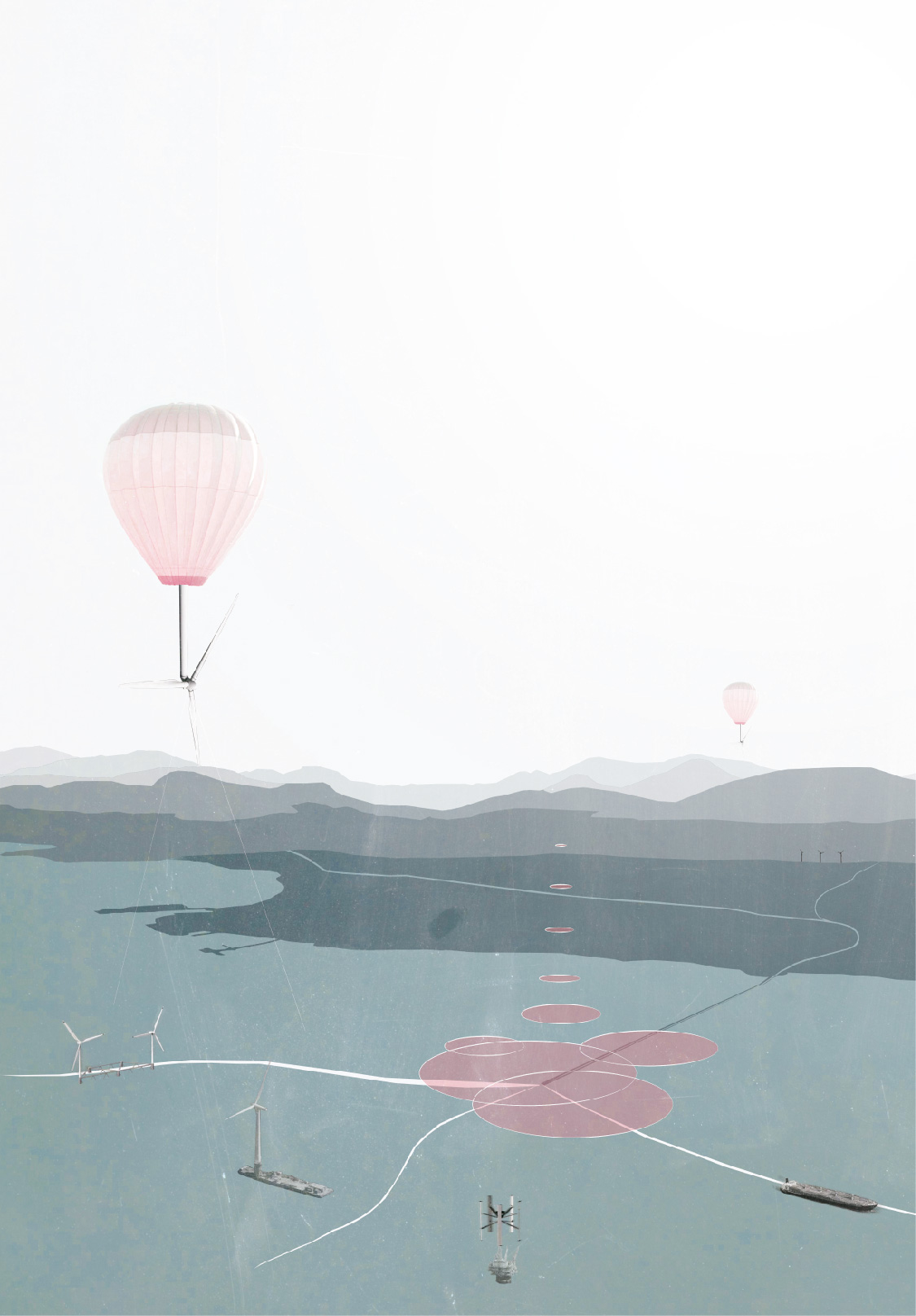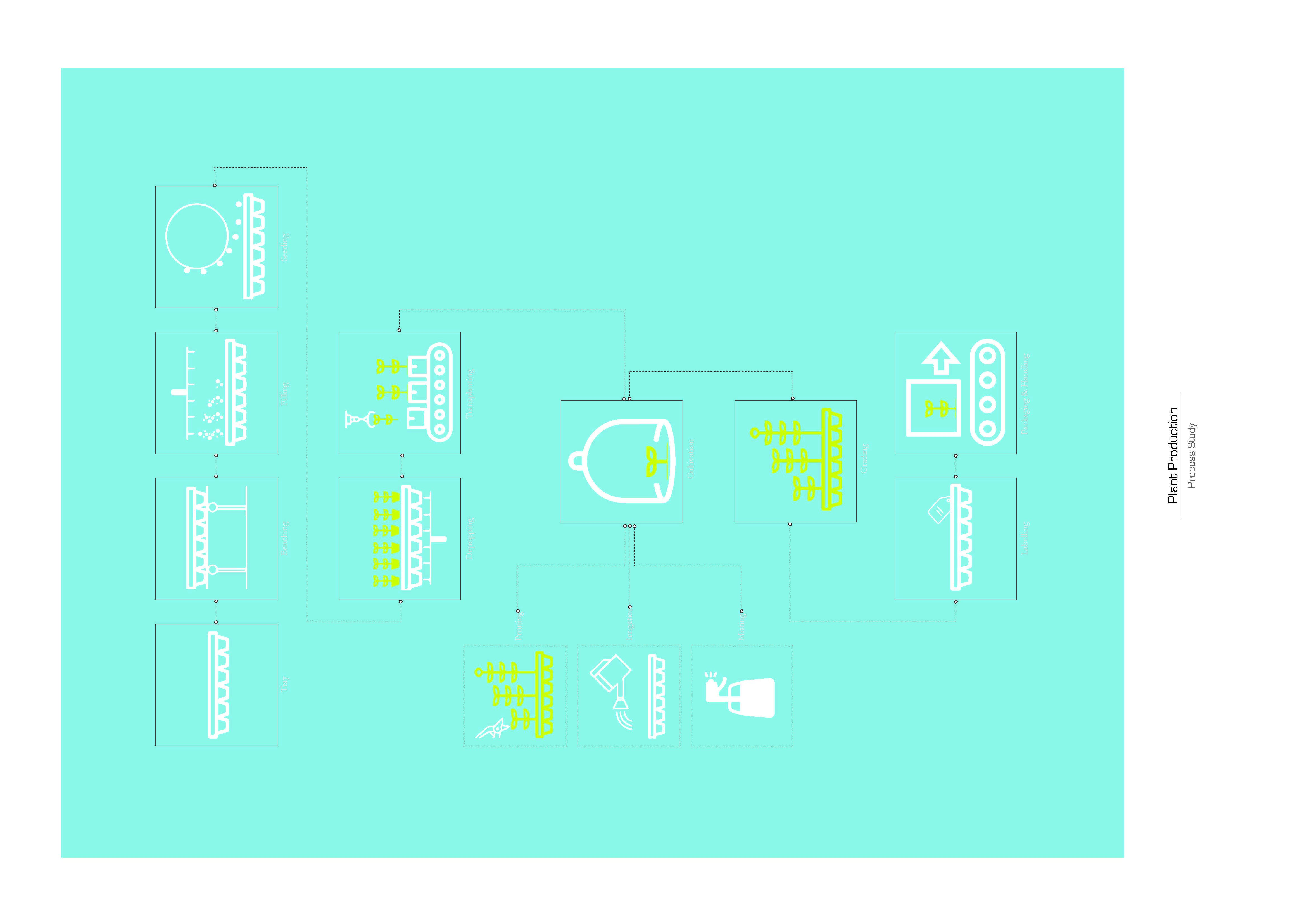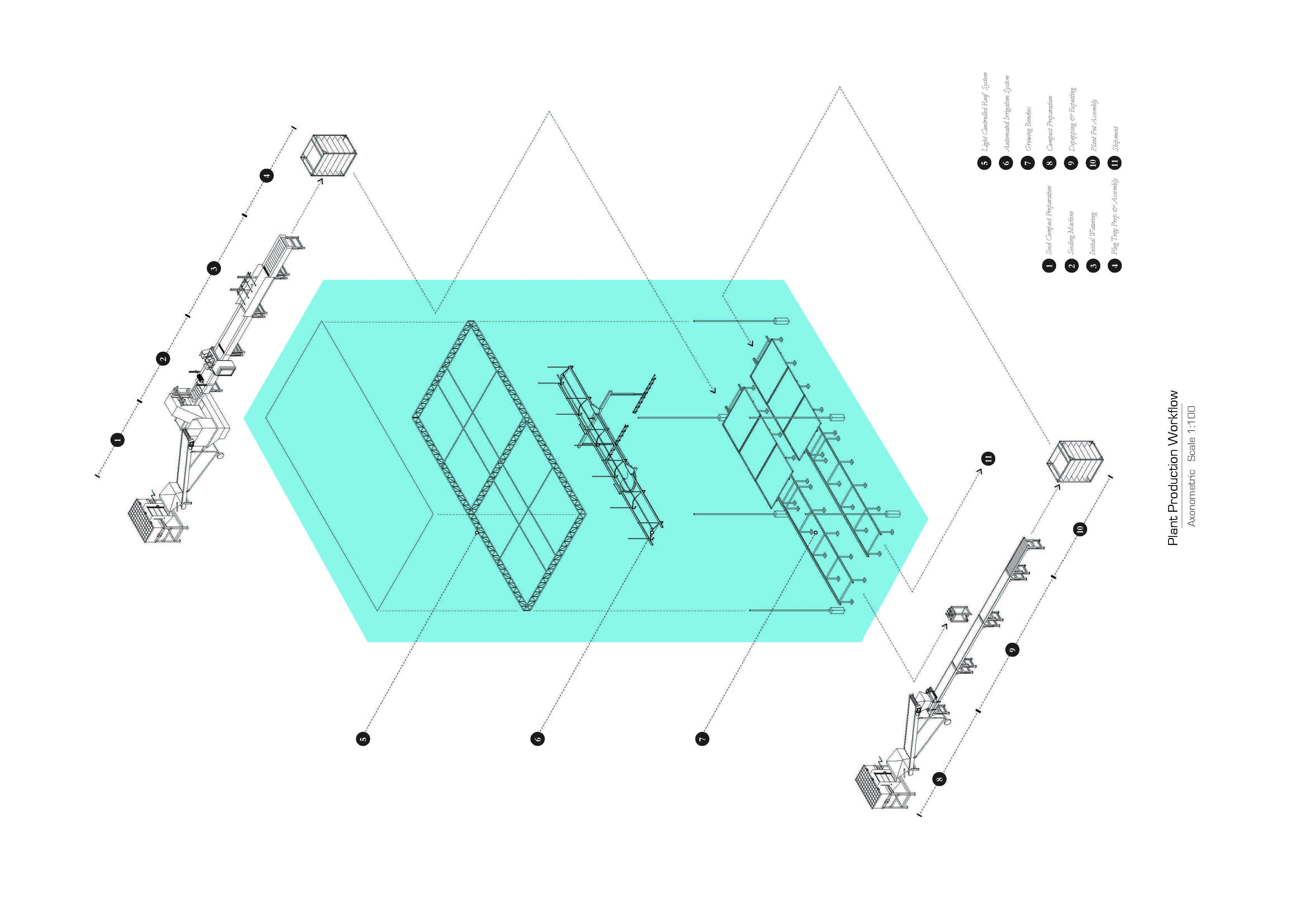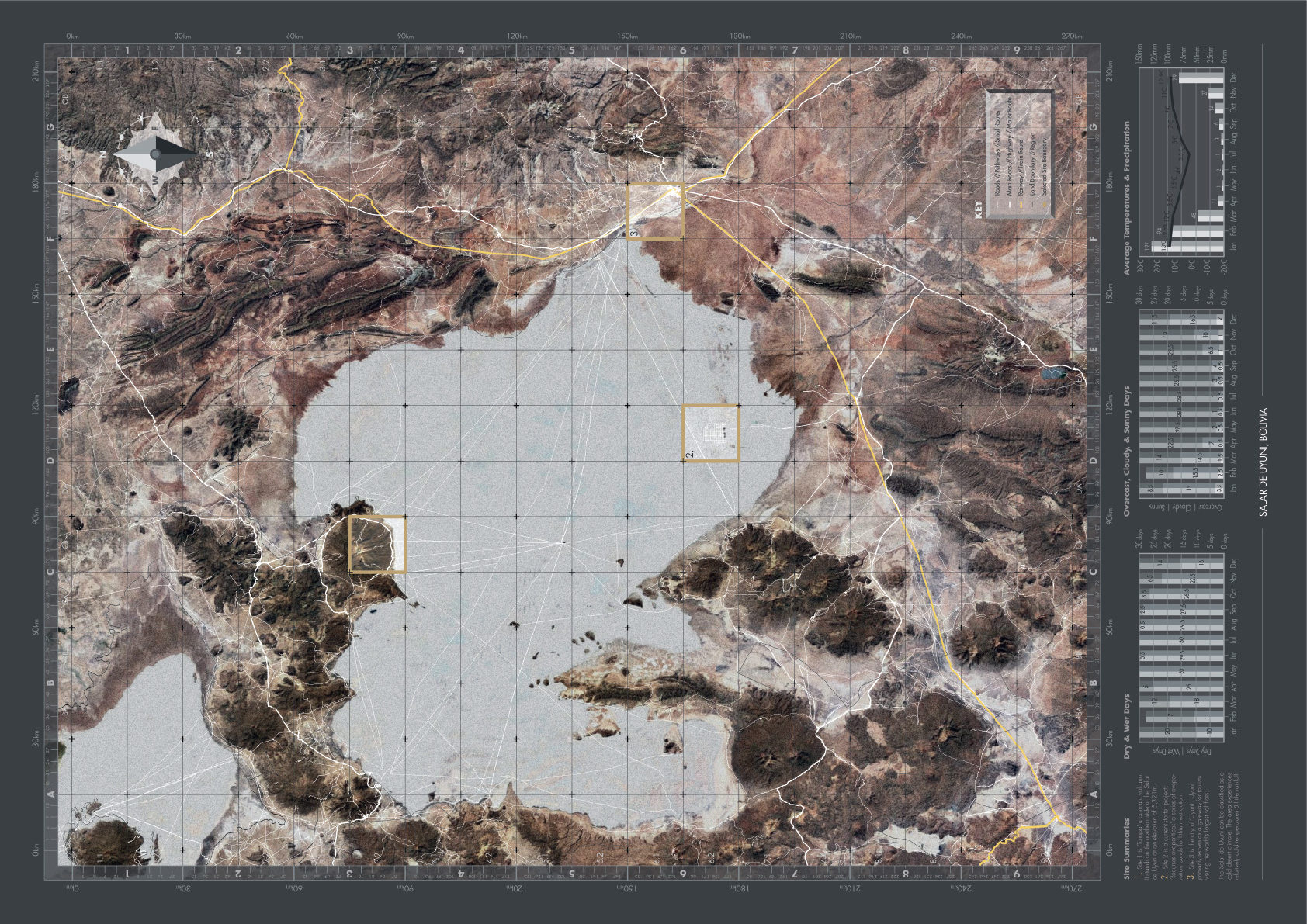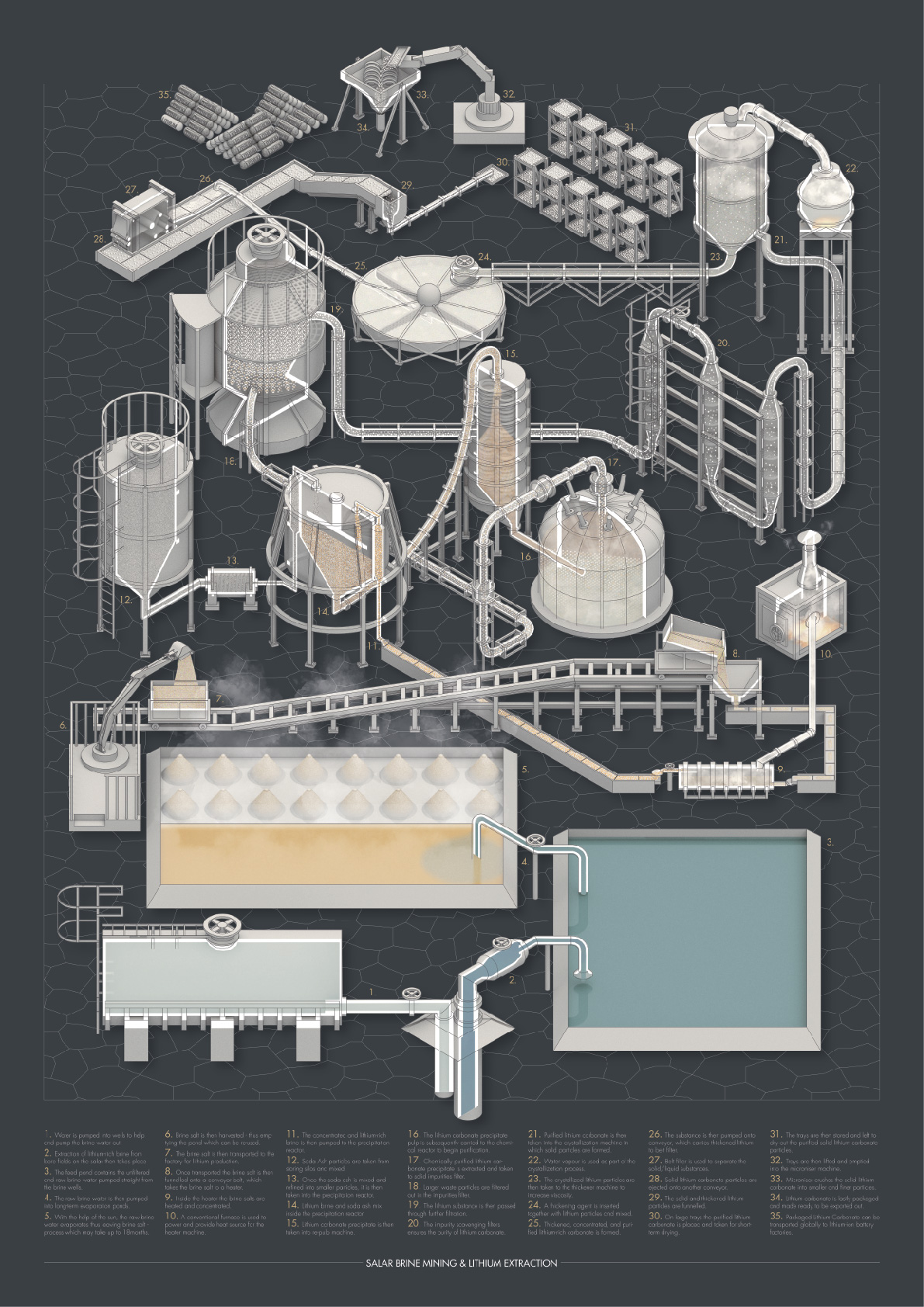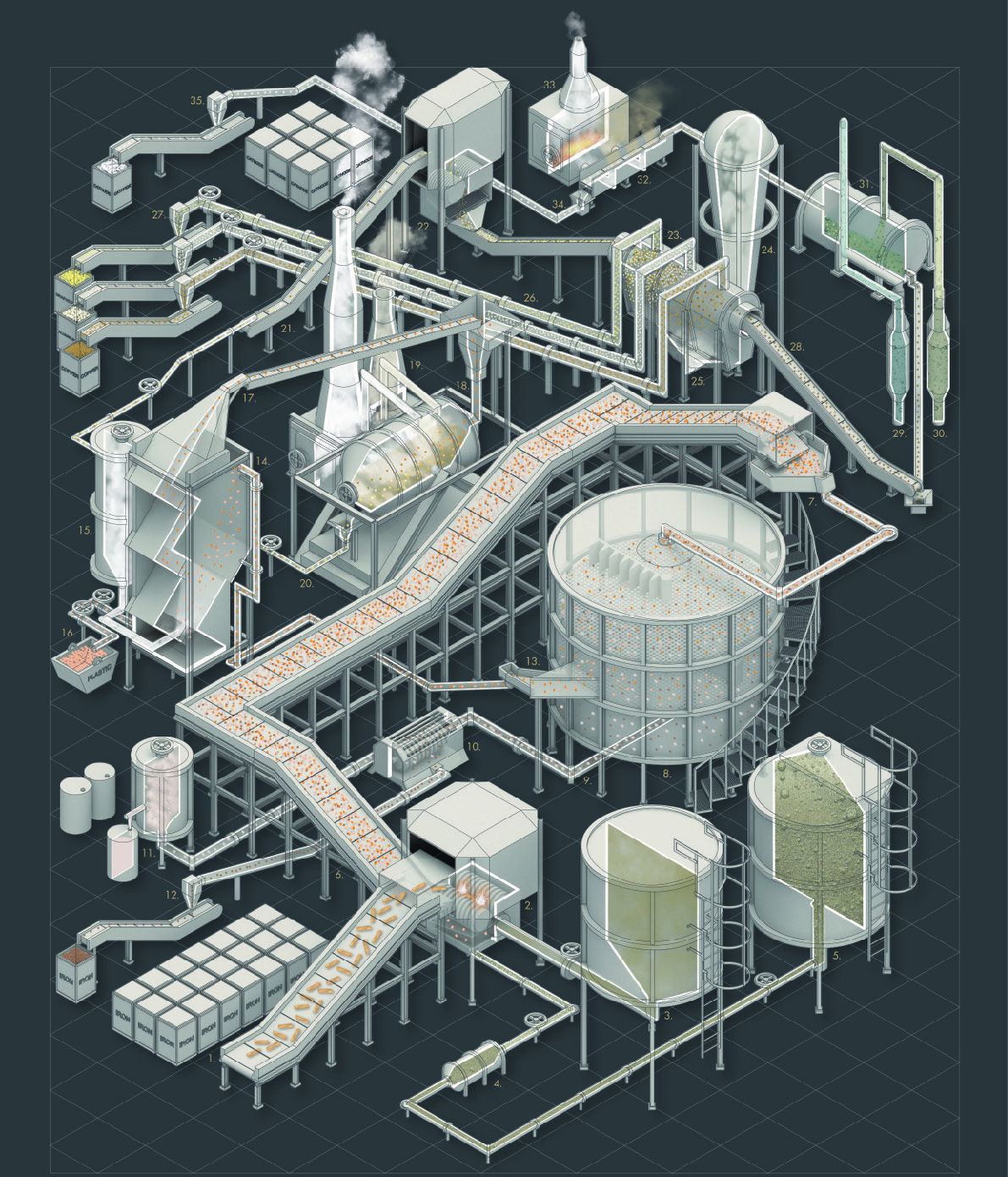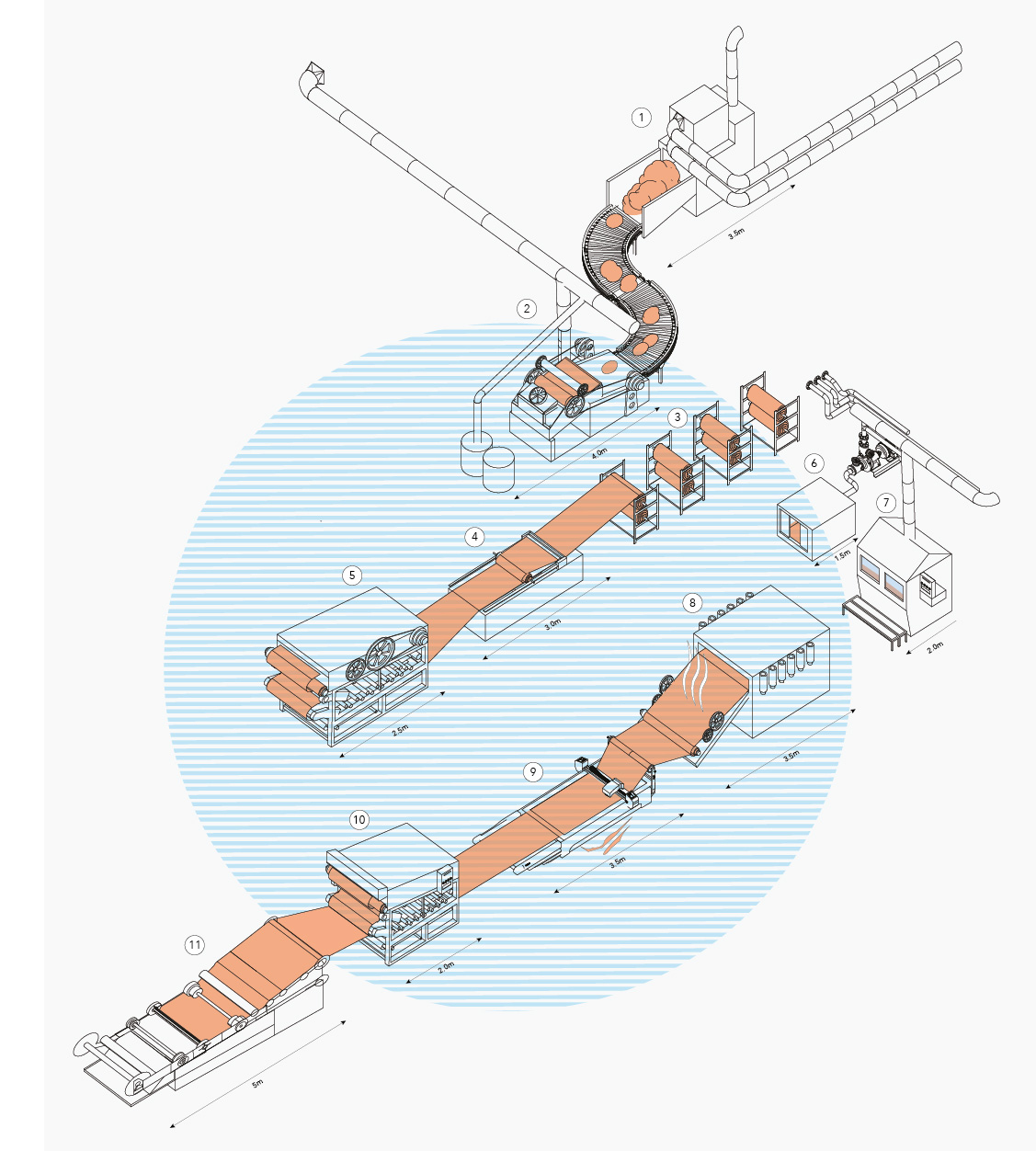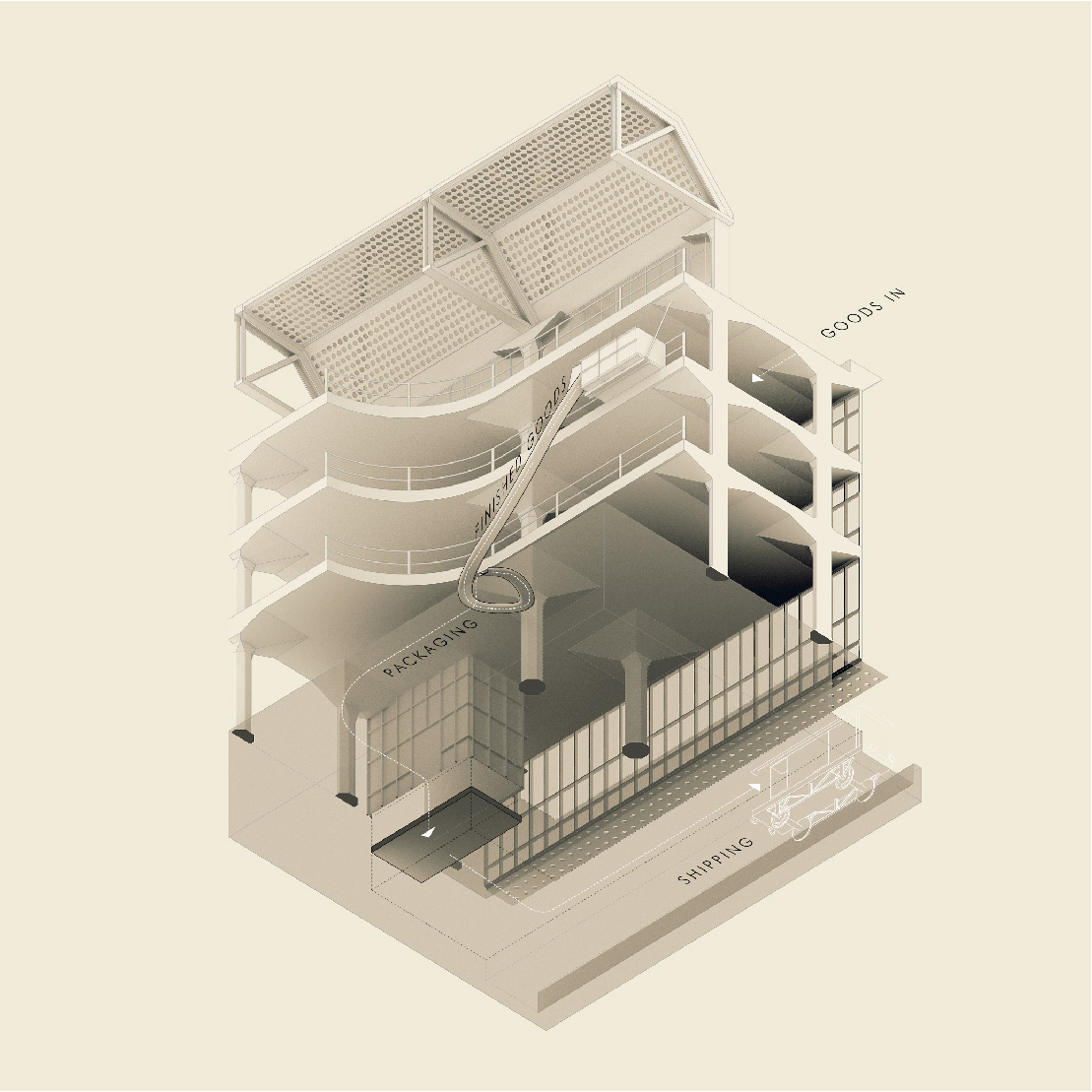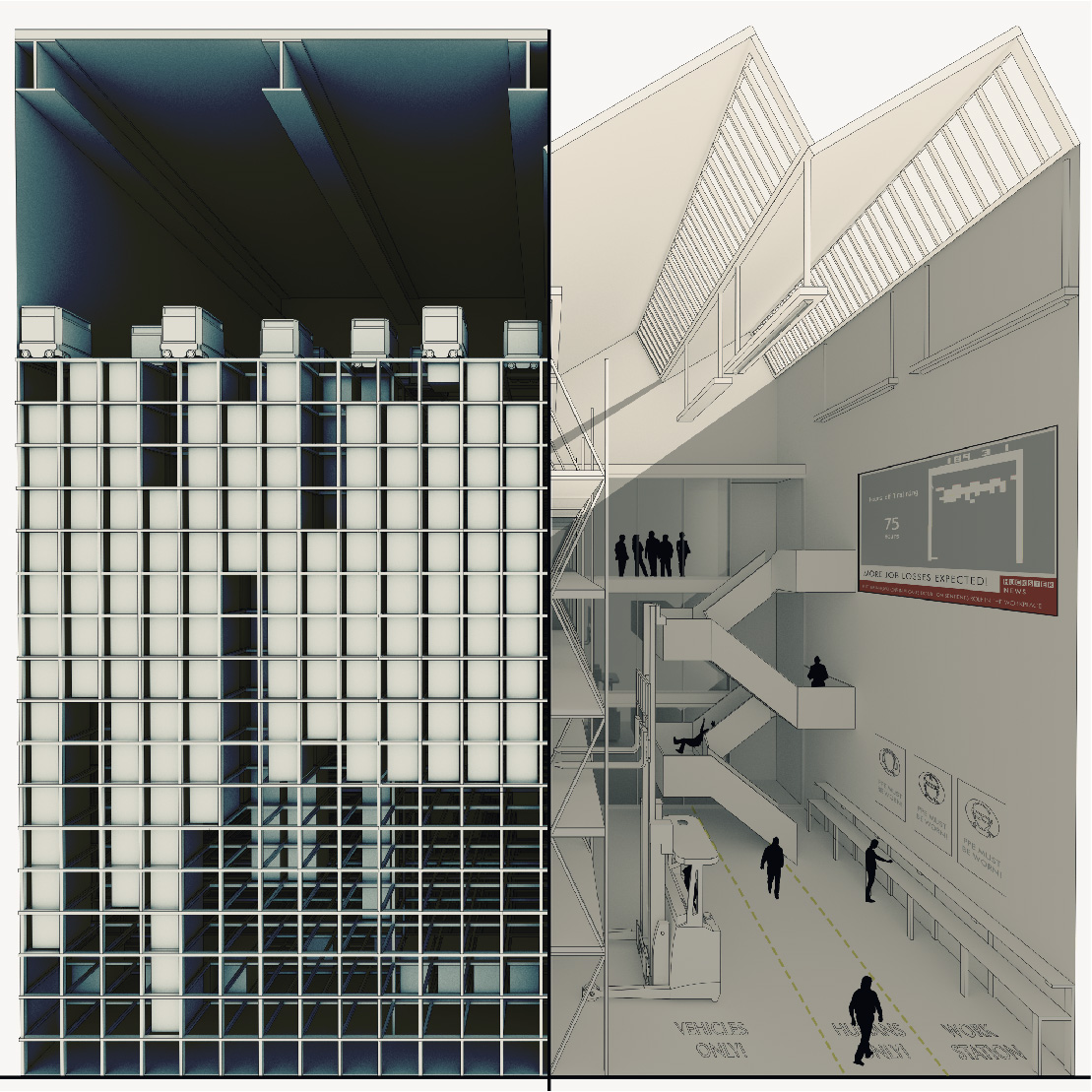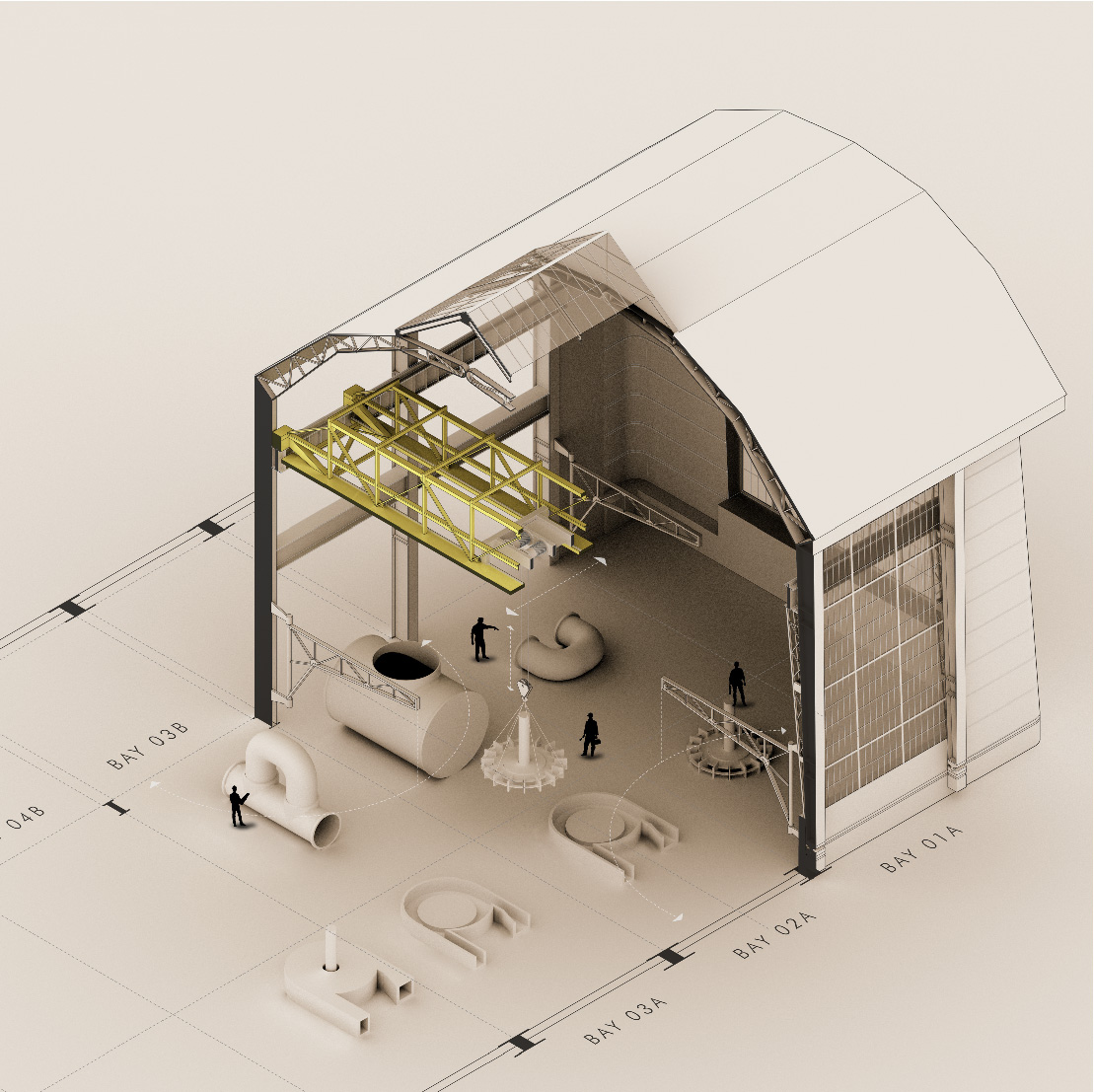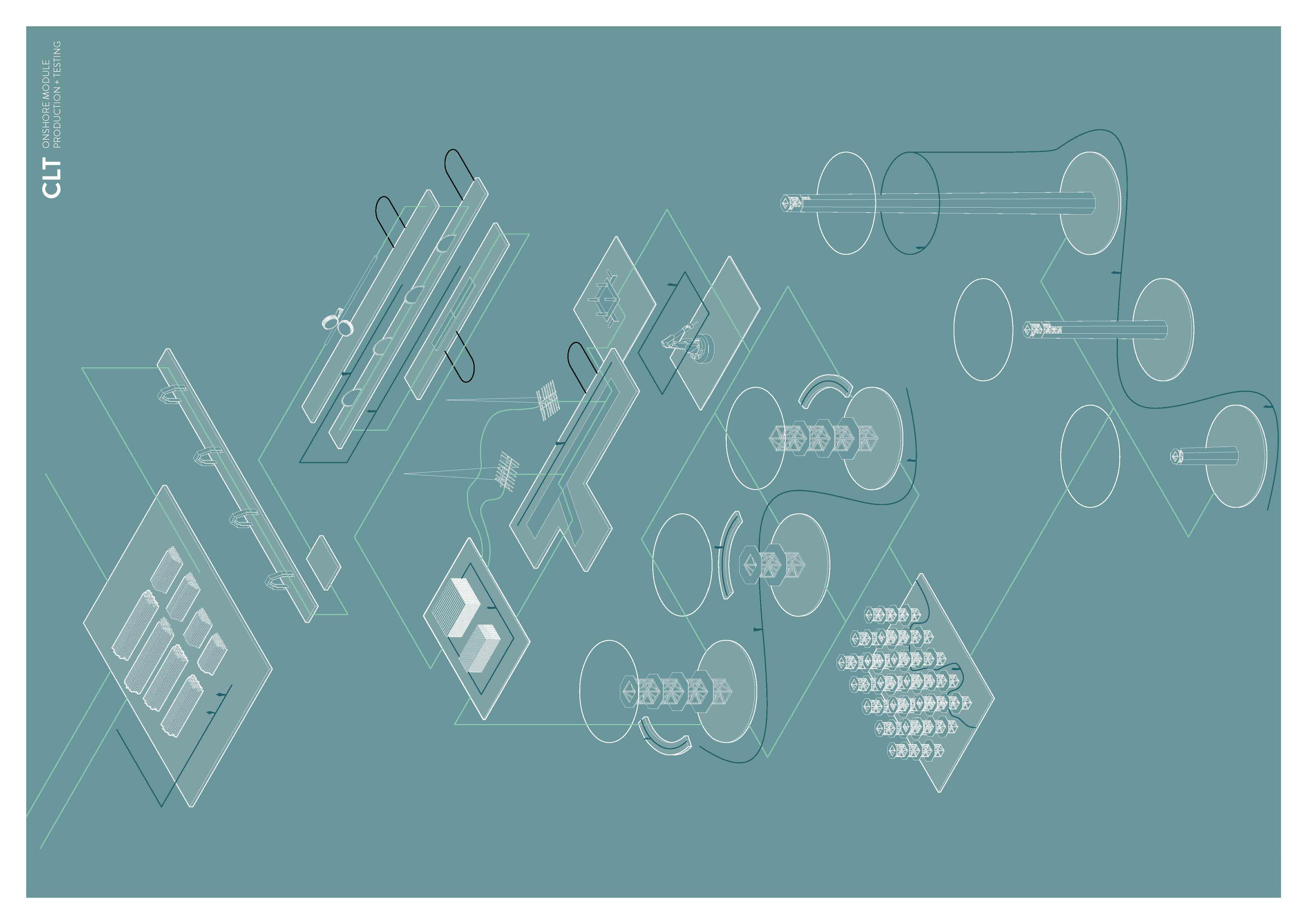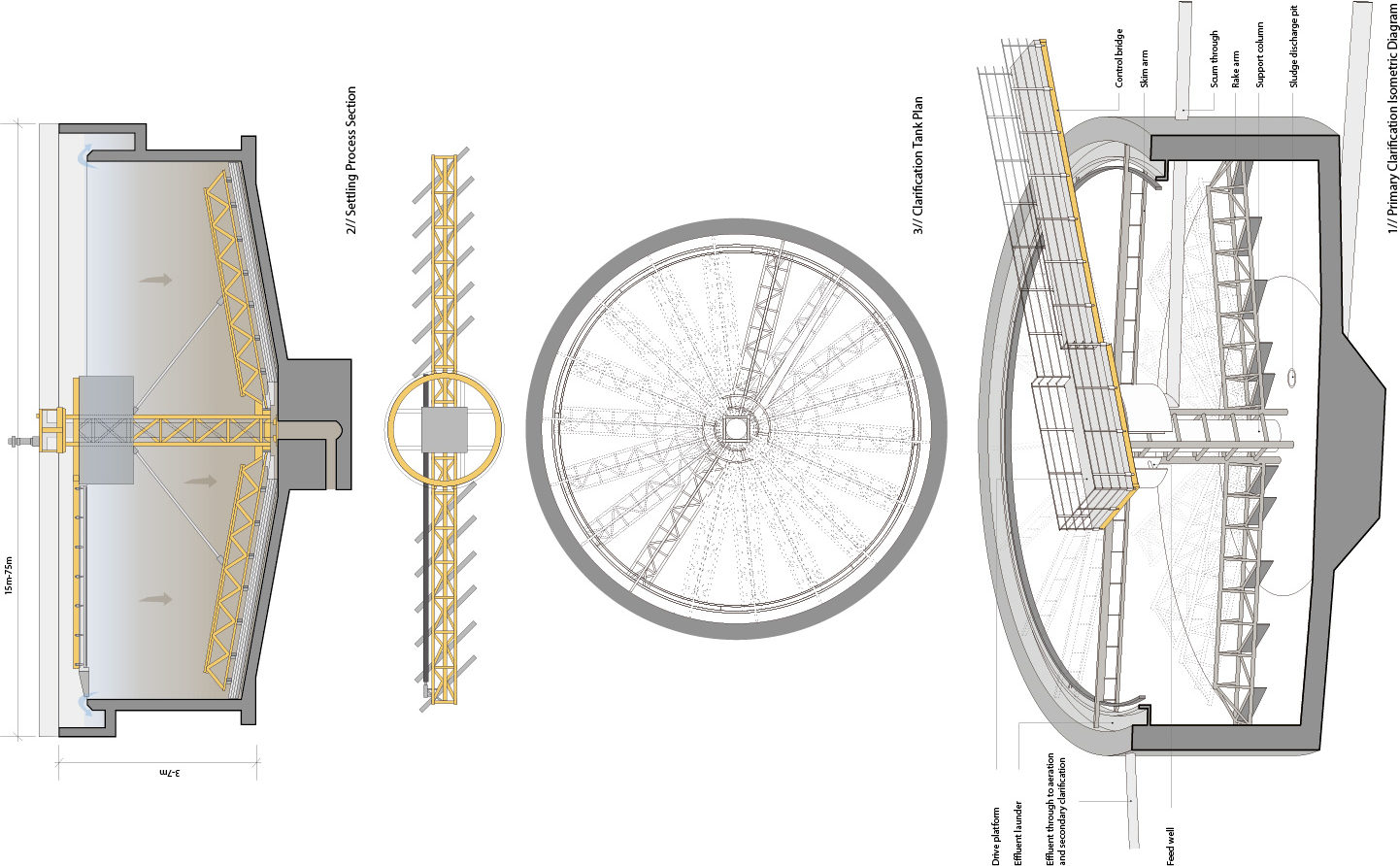Design Studio 23 ARCHIVE
Tutors: Richard Difford and François Girardin
Factory of the Future: The March of Mechanisation and the New Machine Aesthetic
Factories are the driving force behind the industrial world and the lifeblood of the economy but today in the post-industrial economies of the west they are often treated as a form of undesirable urban parasite, con ned to designated zones in the outer reaches of the city or banished abroad – out of sight and out of mind.
By contrast in the early years of the twentieth century the factory symbolised all that was innovative and new. The factory was the future. In Europe, and around the world, the factory became the site of both exploitation and utopian visions. As a model for society and modernity, the factory was the focus for political theorists and the testing ground for new forms of social organisation. Whilst in architecture, mechanisation and the rational order of the production line inspired a culture of functionalism and the aesthetic of the machine. Through the products and fabric of the factory, new developments in building materials and technologies were also pioneered– changing the face of the building industry. In Sigfried Giedion’s immortal words, “Mechanisation Takes Command”. Central to Giedion’s thesis was the idea that mechanisation could be seen as the defining feature of the modern world.
Today, industrial production has migrated around the world bringing with it many of the same social and economic problems and benefits that it created in nineteenth and twentieth-century Europe. There are signs, however, that things are about to change. Crucially, the technology of automated manufacture is changing. As a result of computer technology and digital fabrication, the ethos and aesthetic of mass production is giving way, we are told, to the possibilities of mass customisation. No longer are the machines content to follow pre-determined paths. With precision and with the capacity to learn and adapt they can now combine the untiring repetition of the production line with the in nite variety of the individually crafted object. These new forms of automation have also begun to trigger a process of “reshoring” – the return of industry to Europe; and with it the need to integrate the factory back into the countryside and urban fabric.
Programme
In DS23 we will try to understand what mechanisation might mean in the twenty-first century and to rediscover the aesthetic of the machine. In doing so we will need to study the nature and typologies of the factory but also of the materials and the machines of automation in the building industry. In particular, the use of prefabrication or ‘Design for Manufacture and Assembly’ (DfMA) for which we will be pairing up with practice and industry in the form of links with practices pioneering the use of DfMA; and with DfMA contractors Laing O’Rourke.
Semester 1
In semester one we will study the typology of the factory. Step-by-step you will investigate and analyse a speci c industry – understanding the factors that contribute to its siting; and diagramming and modelling its machines and processes. Material studies and experiments will be central to the process and in association with the fabrication lab we will work directly with the making process and the construction of working machines. Also in semester one we will begin our study of DfMA including a visit to the Laing O’Rourke factory.
Fieldtrip : Turin and Genoa
Will “reshoring” mean the revitalisation of industry in Europe? The eldtrip will combine a study of Italy’s Industrial heartland with an exploration of some of the architectural highlights to be found in this region. Destinations will include the historic Fiat Lingotto Factory and the work of Renzo Piano, Pier Luigi Nervi, Guarino Guarini and Filippo Juvarra.
Semester 2 : The Factory Landscape
Semester two will focus on the development of innovative programmes exploring the productive landscape of the future factory and to explore the architectural opportunities to be found in the formulation of a new disseminated industrial aesthetic.
To challenge the notion of the generic and ubiquitous industrial shed, the projects created in DS23 will attempt to integrate the factory process with an urban or geographical landscape. With this concept in mind the studio explores the opportunity to break out of the conventional factory box and redeploy its components as part of a distributed industrial landscape. Considered both through technical detail and at the scale of the wider territory, the typical paraphernalia of the contemporary factory such as lifts, conveyor belts, and even the factory roof and floor, will be used to form a dynamic and inhabitable terrain.










